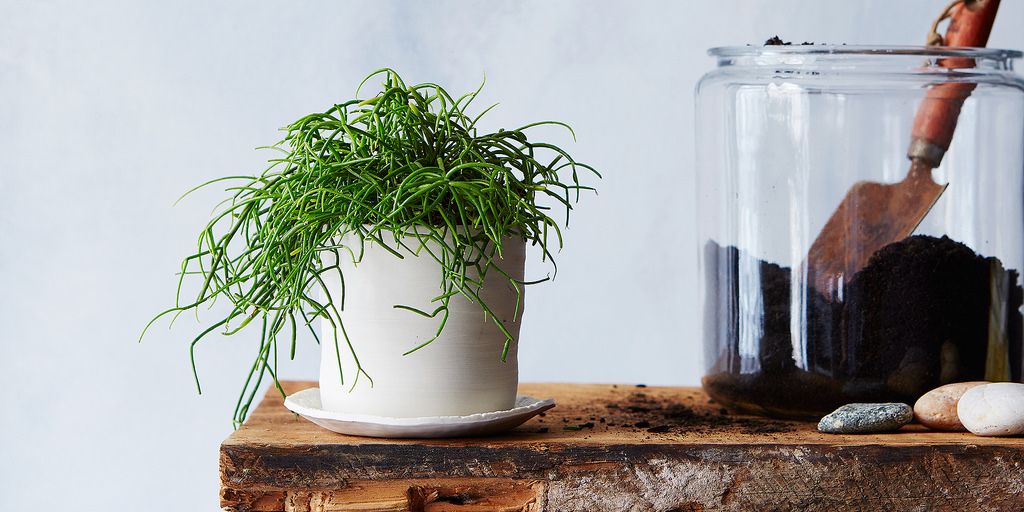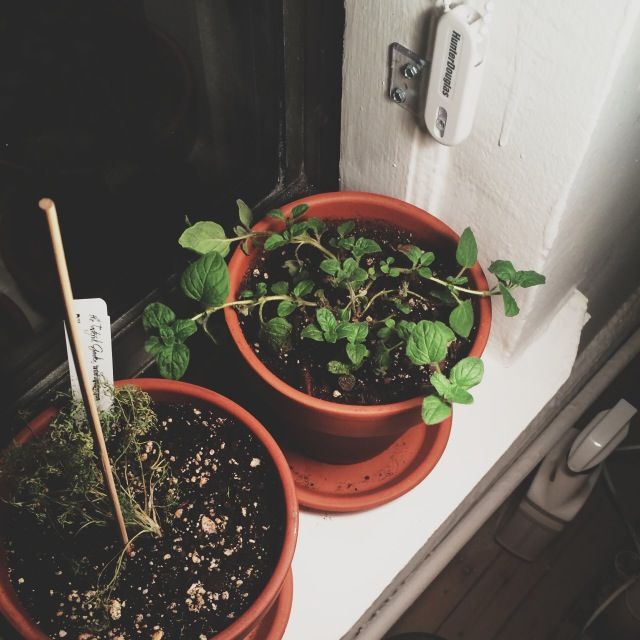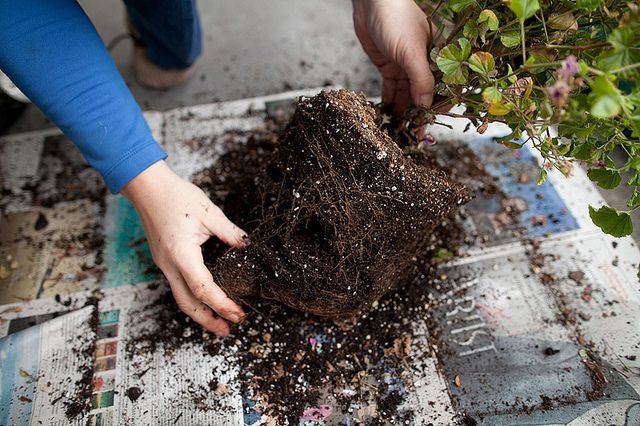Popular on Food52
Continue After Advertisement
9 Comments
R
September 12, 2016
I have a lucky bean tree which I've cared for over half of my life. I bought it when target still sold living plants. It's "died" twice and I've brought it back. First was a summer it was only able to be outside, it didn't get enough water in the hot sun. Second was a winter when I had to transport it in freezing conditions. I bagged it but all the leaves instantly froze and fell off within a few hours. Both times it was just a stick in a pot. It's now taller than I am and has a nice new branch springing off the main trunk :-)
Emilee
May 9, 2016
I am in desperate need of help with my house plant. My cats have decided its rather tasty and unfortunately did a lot of damage to the plant before I caught them snacking on it. The plant still has some new growth but is badly damaged. I'm not sure if there is anything I can do to save it but I don't want to give up on it! Any suggestions?
Smaug
September 19, 2016
A hot pepper spray (available at nurseries, or you can make your own) should keep the cat off. Curry plant (Helichrysum Italicum)sometimes available at nurseries) is said to be a good cat deterrent- you might be able to grow it as a companion, though I've never tried it indoors.
Time, the great healer, should bring the plant back; no special care, but make sure it's fed.
Time, the great healer, should bring the plant back; no special care, but make sure it's fed.
Clare G.
April 12, 2015
From a wise man who grows succulents I learned not to water my jade plant from November to March. Frightening but true. I had a years-old jade tree - 4' high - that died of rot. Now I follow that wisdom and my jades are healthy.
Smaug
September 19, 2016
Maybe depends on where you are- Jade Tree (Crassula Arborescens) is from a Mediterranean climate South Africa and is naturally a fall/winter grower. It is, however, fairly tender and will weather freezes better if dry. In California areas where the climate is similar to it's native area, it can be grown (in the ground) on natural watering; it will look pretty badly shrivelled by the end of the rainless summer, but will perk up with the first rains and will flower better than if watered all year.
Diana F.
April 12, 2015
I have brought back from the other side my window orchids a few times... I have a recovery windowsill with lots of light but no sun that they love... Cut all drying tacks just a couple of centimeters above the last healthy knot and wait patiently for the new sprout to come! They always end up blooming again! Would love to send you the picture of my current patient! Thanks for the great reads!
susan G.
April 11, 2015
Several dubious experiences where it looked like a plant was dying/had died (cyclamen, desert rose, oxalis) have taught me that some plants
need a dormant period, like hibernation. If I ease off and watch for signs of growth, they know when it's spring and will let me know when to start watering and feeding again.
On the other hand, I had a flowering maple that flourished for 5 years or more, blooming and growing about 5 feet tall. It showed signs of distress, and mushrooms came up around the base of the pot. Finally I was forced to give up. Were the mushrooms a sign of decay of the plant from the roots?
need a dormant period, like hibernation. If I ease off and watch for signs of growth, they know when it's spring and will let me know when to start watering and feeding again.
On the other hand, I had a flowering maple that flourished for 5 years or more, blooming and growing about 5 feet tall. It showed signs of distress, and mushrooms came up around the base of the pot. Finally I was forced to give up. Were the mushrooms a sign of decay of the plant from the roots?
Smaug
September 19, 2016
Sounds like Armillaria fungus, a serious pest of many cultivated plants. It's a soil fungus, with no practical treatment for a home gardener (as I remember, the commercial treatment is to inject the soil with tear gas). If you still have it, the soil should be disposed of carefully.
Dormancies are a difficult one to get a hold of, so kudos. They can get more confusing- Mediterranean climate plants (including most of the Oxalis) are winter growers by nature, and will want to wake up in Fall. Also, southern hemisphere plants transported to the north often keep going by the calendar rather than the climate, and will want to grow out of season. You probably won't have to worry about this unless you get into exotic succulents- many of the best caudiciforms have this trait.
Dormancies are a difficult one to get a hold of, so kudos. They can get more confusing- Mediterranean climate plants (including most of the Oxalis) are winter growers by nature, and will want to wake up in Fall. Also, southern hemisphere plants transported to the north often keep going by the calendar rather than the climate, and will want to grow out of season. You probably won't have to worry about this unless you get into exotic succulents- many of the best caudiciforms have this trait.
Kate L.
April 11, 2015
I kept a fiddle-leaf fig tree that dropped *all* of its leaves in a bright window for months without much indication of lif. My friends and family teased for growing a stick in a pot but three years later it's four feet tall and gorgeous!
 A freshly planted, tiny pencil cactus in our new porcelain planter from
A freshly planted, tiny pencil cactus in our new porcelain planter from 



See what other Food52 readers are saying.